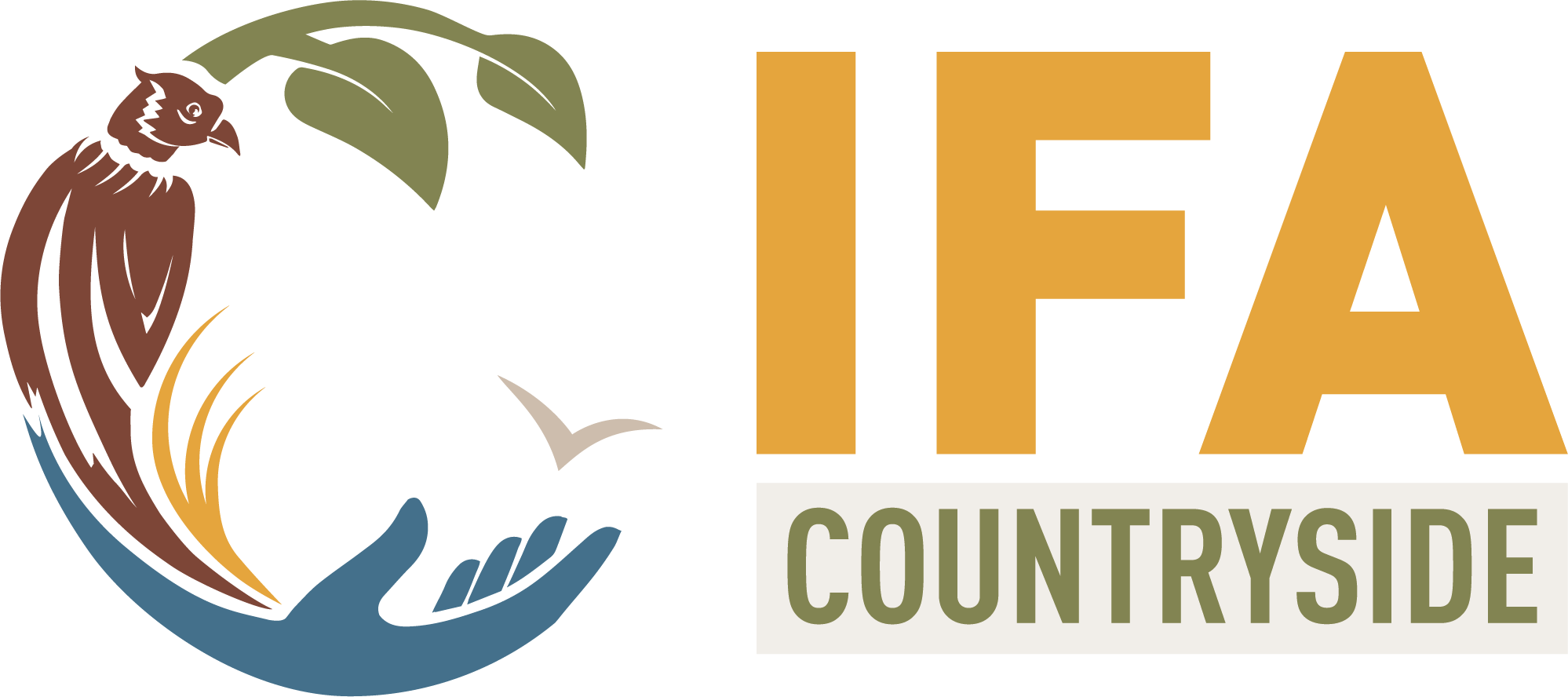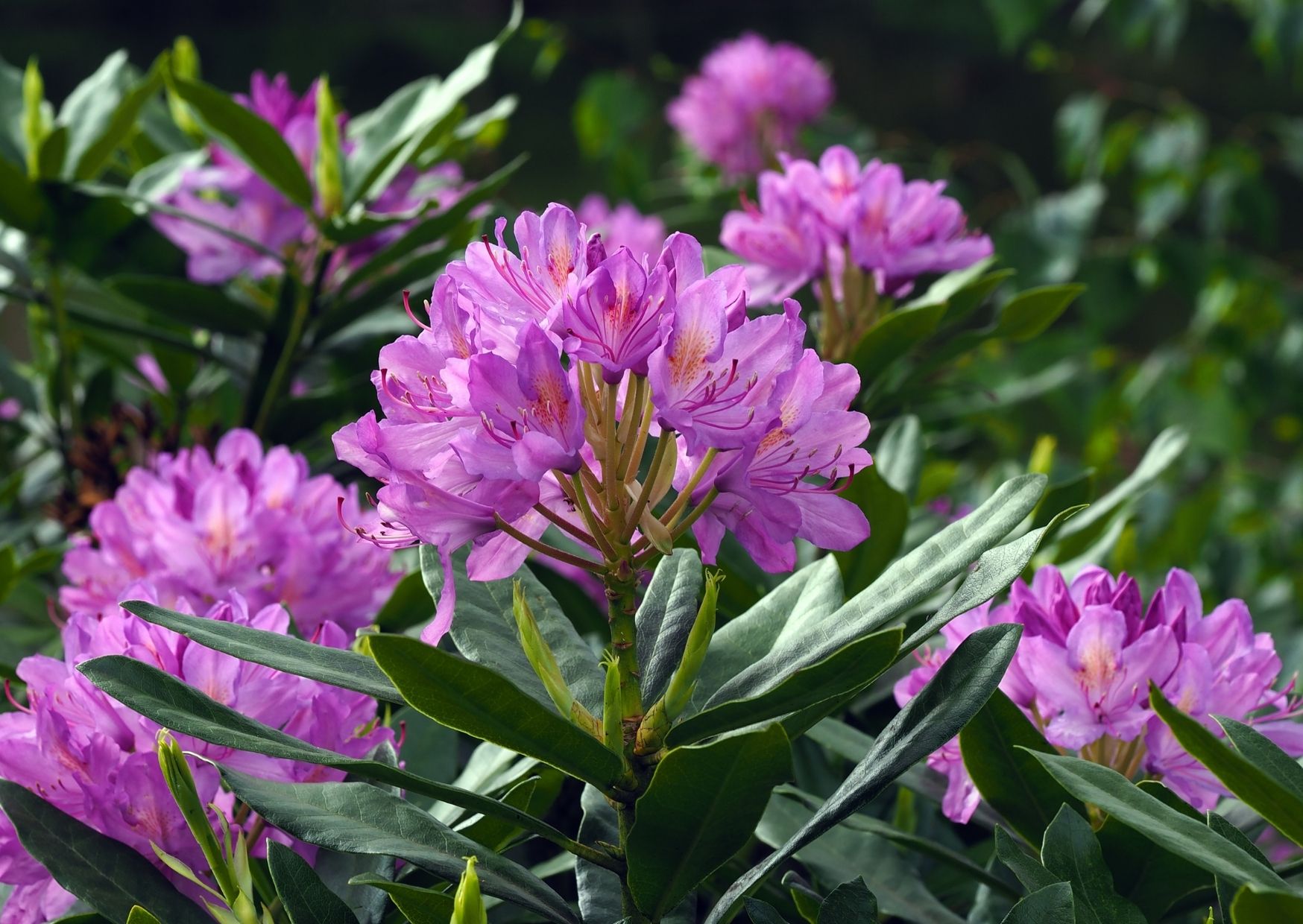Community-led project in southwest Mayo to develop and test best practice methods in eradicating Rhododendron
Minister of State for Heritage and Electoral Reform at the Department of Housing, Local Government and Heritage, Malcolm Noonan TD and Minister of State with responsibility for Community Development and Charities at the Department of Rural and Community Development and Department of Social Protection, Joe O’Brien TD have launched a pilot Rhododendron eradication project in the Bundorragha river catchment in southwest Mayo.
The non-native invasive species, Rhododendron (Rhododendron ponticum) presents an ongoing threat to the Irish natural environment and its eradication presents a significant national challenge. This project, conceived by local landowners, will develop and demonstrate a community-led Rhododendron control programme at the catchment level and will produce an action plan including best practice guidelines for communities and local authorities. The project will work with a range of stakeholders to develop and test best-practice methods for treating Rhododendron at different densities and maturity and provide recommendations for upscaling in other Rhododendron infestation sites.
The project is funded by the National Parks and Wildlife Service in the Department of Housing, Local Government and Heritage through the LIFE IP Wild Atlantic Nature programme. It will be coordinated by Leenane Development Association, who appointed a local ecologist, Conor Ryan, to oversee the delivery of the project. Martin Gavin, local farmer, acts as lead coordinator on behalf of Leenane Development Association.
The South West Mayo Development company are involved in the steering committee for this project and will be examining the ways in which the Rural Social Scheme can tie in with nature conservation projects such as this. The Rural Social Scheme provides a supplementary income for low-income farmers, fishermen or women who are unable to earn an adequate living and is run by the Department of Social Protection.
Speaking at the launch, Minister Noonan said:
“Working closely with farmers and local communities is essential to addressing environmental concerns. Locally-adapted conservation programmes such as this have the potential to benefit local communities and the environment. We can increasingly see the benefits of adopting multi-actor and multi-disciplinary approaches for dealing with complex environmental problems. This project epitomises this approach by bringing together all relevant stakeholders in the management of Rhododendron. That the project is conceived and driven by local farmers increases its chance of success.”
Minister O’Brien said:
“I am delighted that RSS participants are central to this important environmental project. The Rural Social Scheme is more than just an income support – it is a social inclusion and community development programme too.
But in addition this project shows that there is further potential and opportunity via the Rural Social Scheme for small farmers to play a significant and practical role in our biodiversity, climate and environmental challenges.”
According to Leenane’s Martin Gavin, lead coordinator in the project:
“Living and farming in Bundorragha you come to realise that you have inherited a legacy of a pristine landscape that is home to the best population of the Freshwater Pearl Mussel in Europe. With the arrival of the Pearl Mussel Project EIP, it meant for the first time we had the expertise on the ground to show us what we were doing right and what we could do to help enhance the quality of the vegetation and water that is so important for the protection of this very rare species, which lives for up to 120 years. One of the biggest threats to the Freshwater Pearl Mussel is the invasive species Rhododendron as it could squeeze out the native upland vegetation in the catchment. When Rhododendron was first introduced into the area, little did anyone know how ideal the conditions were for it to really start to become a major problem. Therefore it’s really exciting that we have secured funding via LIFE IP Wild Atlantic Nature to put a programme in place that will hopefully eventually lead to the eradication of Rhododendron in the whole Bundorragha river catchment area.”
Editors Notes:
- Rhododendron (Rhododendron ponticum) is a large perennial evergreen, acid loving shrub which is native to the Iberian Peninsula and Asia. It was introduced to Ireland during the 18th Century as an ornamental garden plant because of its attractive flowers. There are over 900 species of Rhododendron, but only Rhododendron ponticum is invasive in Ireland. Since its introduction, Rhododendron has escaped into the wild and is particularly invasive in the west, north-west and south-west of the country. Rhododendron thrives on acidic soil in areas with mild, moist climatic conditions. Rhododendron is an aggressive coloniser which is both environmentally and ecologically damaging to infected sites. Once established, it forms dense, long-lived thickets which smother the ground flora and suppress the regeneration of native trees and shrubs. Well established thickets eventually form a toxic layer of leaf litter which produces a dark sterile environment and supports little wildlife. Rhododendron is an invasive species which may take several years to eradicate from a site.

